
The Number One Temple in the World – Shaolin Temple
Shaolin Temple, one of the top ten famous temples, is located on Mount Song in Dengfeng, Zhengzhou City, Henan Province. It is named Shaolin Temple because it is situated in the dense jungle at the foot of Shaoshi Mountain. Shaolin Temple is the ancestral home of Zen Buddhism and the birthplace of Shaolin martial arts. Shaolin Temple was first established during the Taihe period of the Northern Wei Dynasty.
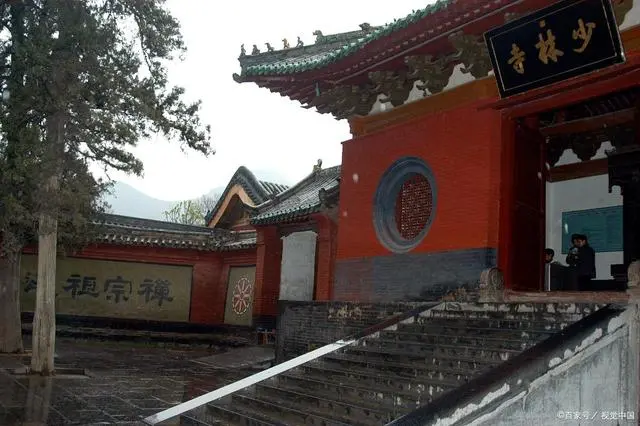
Shaolin Temple is a world-renowned origin of Buddhism, the ancestral home of the Chan sect of Chinese Buddhism, and is also known as the “number one temple in the world”. It holds an extremely important position in the history of Chinese Buddhism. At the same time, due to the creation and development of Shaolin martial arts by Shaolin monks throughout history, there is a saying that ‘Shaolin martial arts are the best in the world, and Shaolin martial arts are the best in the world’.

In the nineteenth year of the Taihe reign of Northern Wei, which was 495 AD, Emperor Xiaowen Tuoba Hong built a temple in Songshan to entertain the Indian monk Batuo who came to settle in the court. In the first year of Yongping, which is the year 506 AD, Indian monks Lernamuti and Bodhi Flow Branch successively opened a translation field at Shaolin Temple and established a scripture translation hall at the Western Pagoda of Shaolin Temple to translate scriptures. Later, Huiguang promoted the teachings of the Four Part Vinaya and other masters at Shaolin Temple. After multiple generations of development, the Four Part Vinaya School was eventually formed in later generations.

In the third year of the Xiaochang reign of Emperor Xiaoming of Northern Wei, which was 527 AD, Bodhidharma, the 28th disciple of Shakyamuni, finally arrived at Shaolin Temple. After Bodhidharma arrived at Shaolin Temple, he not only established the foundation of Batuo, but also widely accepted believers and taught Zen Buddhism. Until the third year of the Tianping reign of Emperor Xiaojing of Eastern Wei, when he passed on the French word Huike, Zen Buddhism finally settled and spread in Shaolin Temple.
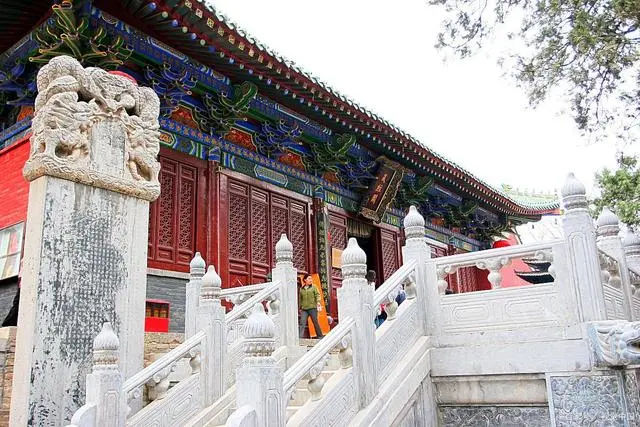
When Bodhidharma first arrived at Shaolin Temple, he saw the beautiful mountains, tranquil environment, and thriving Buddhist activities, so he left his mark here to preach. From then on, Bodhidharma became the founder of Chinese Zen Buddhism, and it is precisely for this reason that Shaolin Temple is known as the ancestral home of Chinese Zen Buddhism.
Huike, also known as Sengke, commonly known as Jiguang or Shenguang. When he was young, he studied Confucianism and was well read. Later, he learned the teachings of Laozi and Zhuangzi, and then became a disciple of Bodhidharma. He received the true teachings of Bodhidharma, the founder of Zen Buddhism, and is a representative figure in Zen Buddhism. He is also the second ancestor of Chinese Buddhism and Zen Buddhism.

During the Northern and Southern Dynasties, Buddhism reached its peak in development, but it was not thanks to Buddhist religious difficulties that came. In 574 AD, Emperor Wu of Northern Zhou ordered the prohibition of Buddhism, which led to his extermination. During this religious disaster, many temples were destroyed, including Shaolin Temple. It was not until 580 AD that Emperor Jing of Northern Zhou restored Shaolin Temple and renamed it Zhijiao Temple. During the reign of Emperor Wen of Sui, who also revered Buddhism, he restored Shaolin Temple to its original name. At the same time, a hundred hectares of land were also given to Shaolin Temple, along with other rewards. At that time, Shaolin Temple could truly be described as a large temple with a hundred hectares of fertile land and huge temple assets.
At the end of the Sui Dynasty, there was a great chaos in the world, with various feudal forces vying for power. In the end, Li Tang achieved victory. During Li Tang’s victory, Shaolin Temple also made a contribution by telling the story of the Thirteen Stick Monk who saved the Tang King. Emperor Taizong of Tang, Li Shimin, rewarded Shaolin Temple for his contributions to the Tang Dynasty. Therefore, he bestowed upon Shaolin Temple Tian Qianqing and a water mill, and also referred to Shaolin Temple monks as monk soldiers. As a result, Shaolin Temple gained worldwide fame and established its reputation as the “number one temple in the world”.
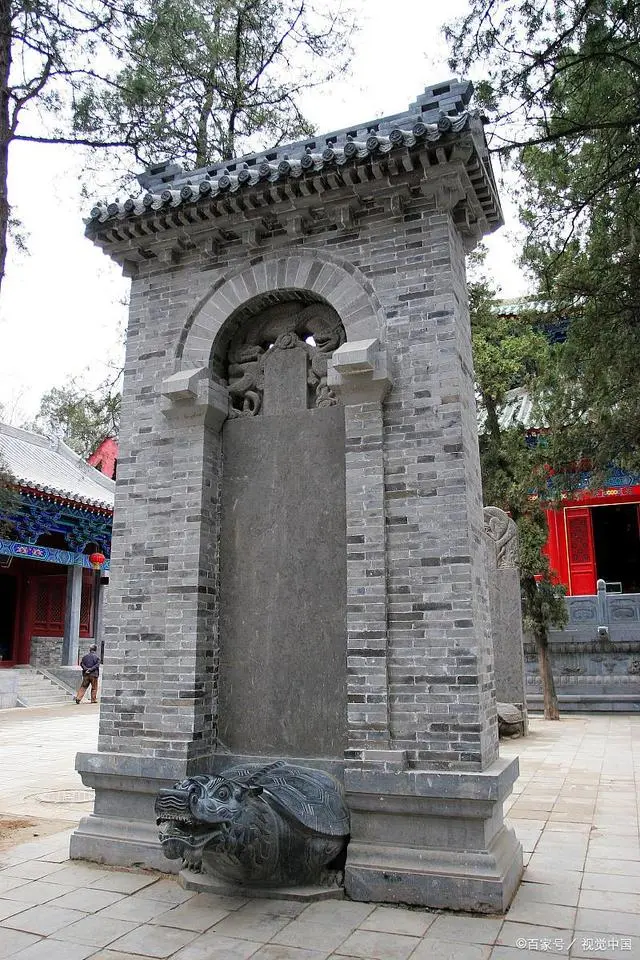
Shaolin Temple preserves over 300 steles dating back to the Tang Dynasty, among which one is the “Emperor Taizong Wen’s Imperial Request Stele”, which records the historical site of the thirteen monks of Shaolin Temple who bravely saved Li Shimin. The stone inscription on the stele was also handwritten by Emperor Taizong Li Shimin of Tang Dynasty.
Later, with the development of Buddhism, the scale of Shaolin Temple also grew larger and larger. By the Tang and Song dynasties, Shaolin Temple had more than 14000 acres of land, 540 acres of temple foundations, and over 5000 buildings, terraces, halls, and pavilions. The Zen religious sect founded by Bodhidharma flourished in the Tang Dynasty and became the largest Buddhist sect in the Tang Dynasty.
Around the eighth year of the Yuanyou reign of the Northern Song Dynasty, Master Bao’en promoted the Caodong Sect style at Shaolin Temple. Finally, Shaolin Temple has transformed its rules into Zen. Cao Dongzong is one of the five southern schools of Zen Buddhism. The Southern School of Chan Buddhism developed rapidly in the Tang Dynasty and formed the mainstream of Chan Buddhism. But during the late Tang and Five Dynasties periods, five schools of thought emerged, namely Linji, Caodong, Luoyang, Yunmen, and Fayan. Among the five schools, Linji and Caodong had the longest circulation and deeper influence.
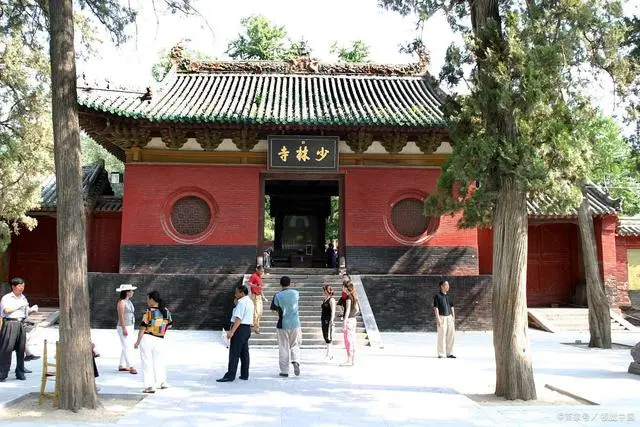
In the early years of the Yuan Dynasty, Emperor Shizu appointed Monk Fuyu as the abbot of Shaolin and commanded all the temples in the Songshan area. During his time at Shaolin Temple, Monk Fuyu created bell towers, drum towers, and other structures. Monks and disciples gathered here to perform martial arts and worship Buddha.
During the Jiajing period of the Ming Dynasty, Japanese pirates invaded coastal areas, and Shaolin monks were conscripted by the court at least six times to participate in battles and accumulate military achievements. Shaolin Temple has made great contributions, and the court has repeatedly erected monuments, built workshops, and repaired halls for Shaolin Temple. The important thing is that Shaolin Kung Fu has also established its position in the martial arts world of China.
In the 43rd year of the Kangxi reign, Kangxi personally inscribed two plaques on Shaolin Temple and Baoshu Fanglian. The plaque of Shaolin Temple was originally hung in the Hall of Heavenly Kings and later moved to the mountain gate. The fragrant lotus, a precious tree, was first hung in the the Shakya ManiHall and later burned.
A group of historical buildings in heaven and earth. It is located in the Songshan area of Dengfeng, Zhengzhou. This architectural complex spans over two thousand years from the Han Dynasty to the Qing Dynasty. The historical architectural complex in Dengfeng Tiandi includes eight sites and eleven historical buildings, including the Zhou Gong Observation Deck, Dengfeng Observation Deck, Songyue Temple Pagoda, Taishi Que, Shaoshi Que, Zhongyue Temple, Qimu Que, Songyang Academy, Huishan Temple, and Shaolin Temple architectural complex (Changyin Hospital, Tallinn, and Chuzu Temple).
When it comes to Shaolin Temple, the world-famous Shaolin Kung Fu comes to mind. Shaolin Kung Fu is the largest martial arts sect in China, with over 700 martial arts routines. At the same time, Shaolin Temple combines Zen with martial arts, practicing martial arts and practicing Zen. So it is also known as “martial arts Zen”.
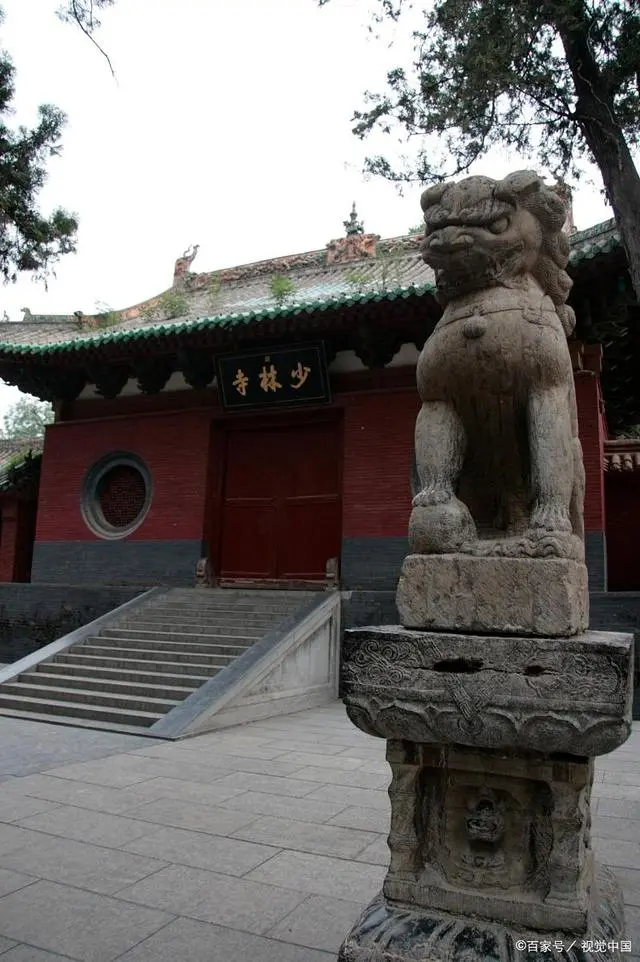
Shaolin martial arts include the 72 unique skills of Shaolin, Shaolin boxing, Shaolin stick techniques, Shaolin spear techniques, Shaolin knife techniques, and Shaolin sword techniques. The main theme of Shaolin Kung Fu is the unity of Zen and Zen. Shaolin Temple is the ancestral home of Zen Buddhism. The essence of Zen Buddhism is to understand the mind and nature, and to achieve enlightenment and become a Buddha. In their eyes, practicing Zen is the main focus, while practicing martial arts only serves the purpose of focusing and calming the mind. Of course, it also has the effect of strengthening the body.

